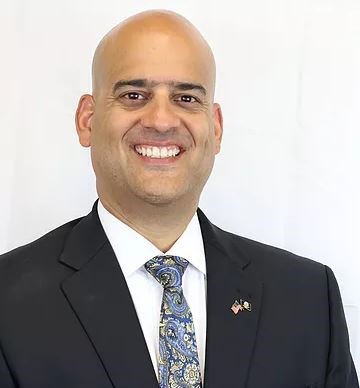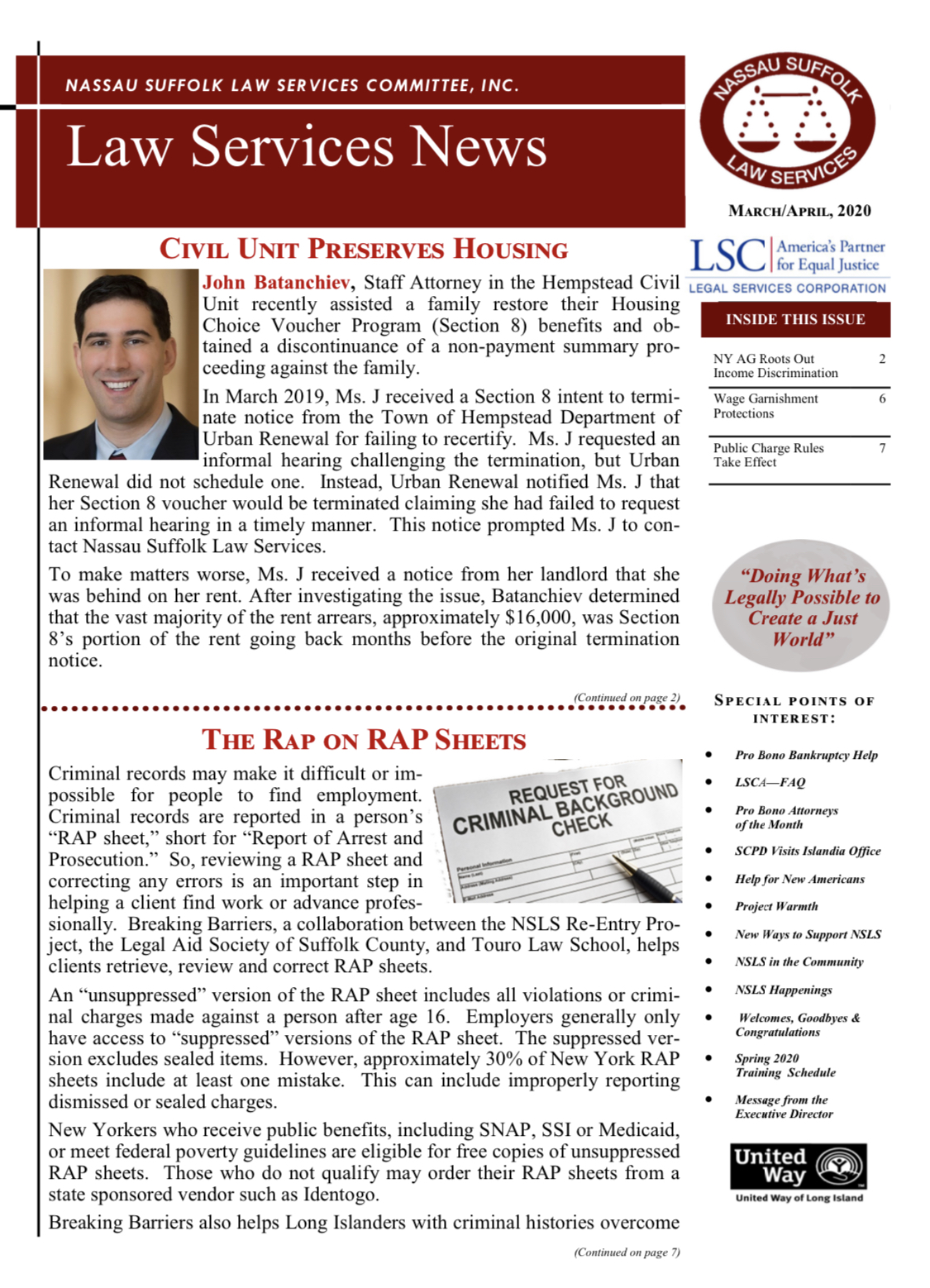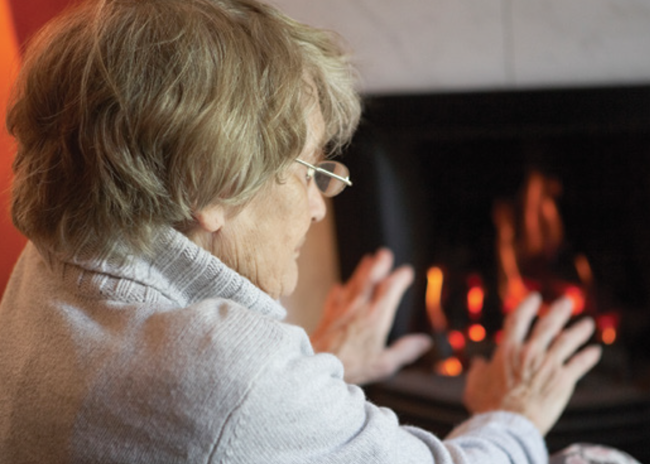
Byron Divins, Esq.
March 2, 2020
Law Services News – March/April 2020
March 5, 2020HOMELESS ADVOCATES: BE ON THE LOOKOUT!

Given the high cost of housing on Long Island, many working people as well those with disability or other sources of income may experience homelessness or housing instability. In some cases, this income might render an applicant for public benefits ineligible for any assistance if he or she had stable housing. However, if the same applicant becomes homeless, he or she may well be eligible for Temporary Housing Assistance (THA). This is because DSS must use the actual cost of a shelter in computing a budget for eligibility. That budget will generally result in a “shelter contribution” for the applicant, which the applicant has a right to challenge. However, DSS may fail to compute that required budget, or it may attempt to offer THA for a limited period of time until an applicant’s next pay period. Both practices violate Office of Temporary and Disability Assistance (OTDA) administrative directives.A recent alarming fair hearing decision illustrates the problem: A homeless family applied for THA on February 20 and expected to receive a Social Security benefit around February 28. So, DSS determined upfront that the family was only eligible to receive THA until February 28! After February 28, DSS expected the family to leave the shelter and find their own help elsewhere! The State Commissioner overturned this decision because DSS had failed to compute a budget that
included the cost of the shelter. Calculating a budget would have given the family the opportunity to (1) stay in the shelter, (2) challenge the contribution amount if they believed that it was in error, and (3) thereafter contribute to the cost of the shelter.During the hearing, DSS tried to “amend” its written notice to the applicant to state instead that the family could simply return to DSS on February 28 and request temporary housing again. But the State Commissioner rebuffed this last minute amendment, stating that since DSS had already failed to follow proper procedures (i.e. 16 ADM-11), it could not be relied upon to properly handle a new request by the family on February 28. See DAFH#8112494M. DSS should not be offering THA for only a limited period of time just because someone has income.Applicants or THA recipients (whether families or individuals) should call NSLS and ask for the public benefits unit if they believe that DSS has failed to compute a housing budget or improperly limited the duration of THA. Advocates should ask for the Legal Support Center for Advocates or the Public Benefits Unit if they believe their clients have experienced these problems.
Education Funds for Youth Leaving Foster Care

Young people who were in foster care after age 14 may be eligible for up to $5000 in education support through the New York State Education and Training Voucher (ETV) program. “The ETV program is intended to help current and former youth in foster care make the transition to self-sufficiency by receiving the education and training necessary to obtain employment.” 20-OCFS-INF-05.
The vouchers are available to pay college or university tuition or for certain approved vocational training programs for young people under age 21. Recipients of ETVs may reapply annually to renew the vouchers for up to 5 years until they reach age 23 as long as they remain in an appropriate educational program and make satisfactory progress.Email Admin@ETV-NYS.com with any questions about the program.
HEAP SEASON EXTENDED!
Our winter may have been one of the mildest on record, but many Long Islanders still struggle to stay warm. The Office of Temporary and Disability Assistance/ Employment and Income Support Programs recently extended the benefit season for the Home Energy Assistance Program (HEAP). The dates of operation for the Regular and Emergency benefit components will be extended from March 16, 2020 through April 24, 2020. In addition, a second HEAP Emergency benefit for heat and heat-related emergencies is now available. See GIS 20 TA/DC-009.Applications for the second emergency benefit may be made by phone or in person. The GIS lists benefit amounts based upon fuel type and provides eligibility criteria and instructions. Seehttps://legalservicesli.org/wp-content/uploads/attachments/20DC009.pdf



